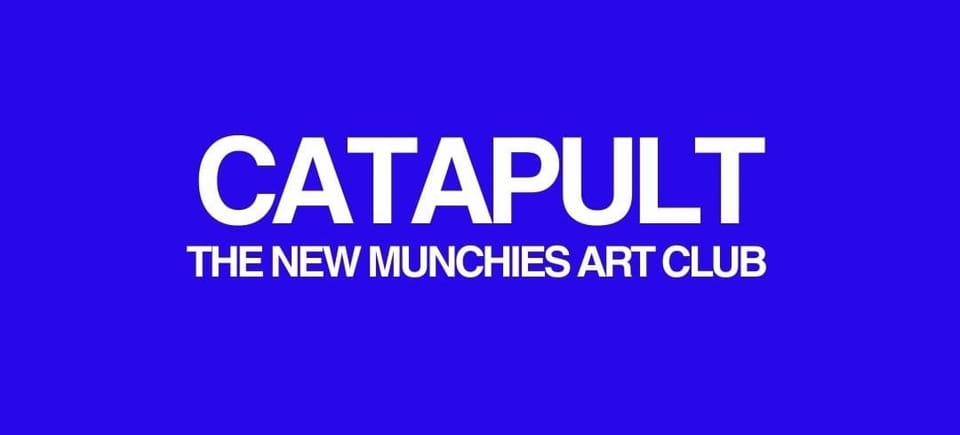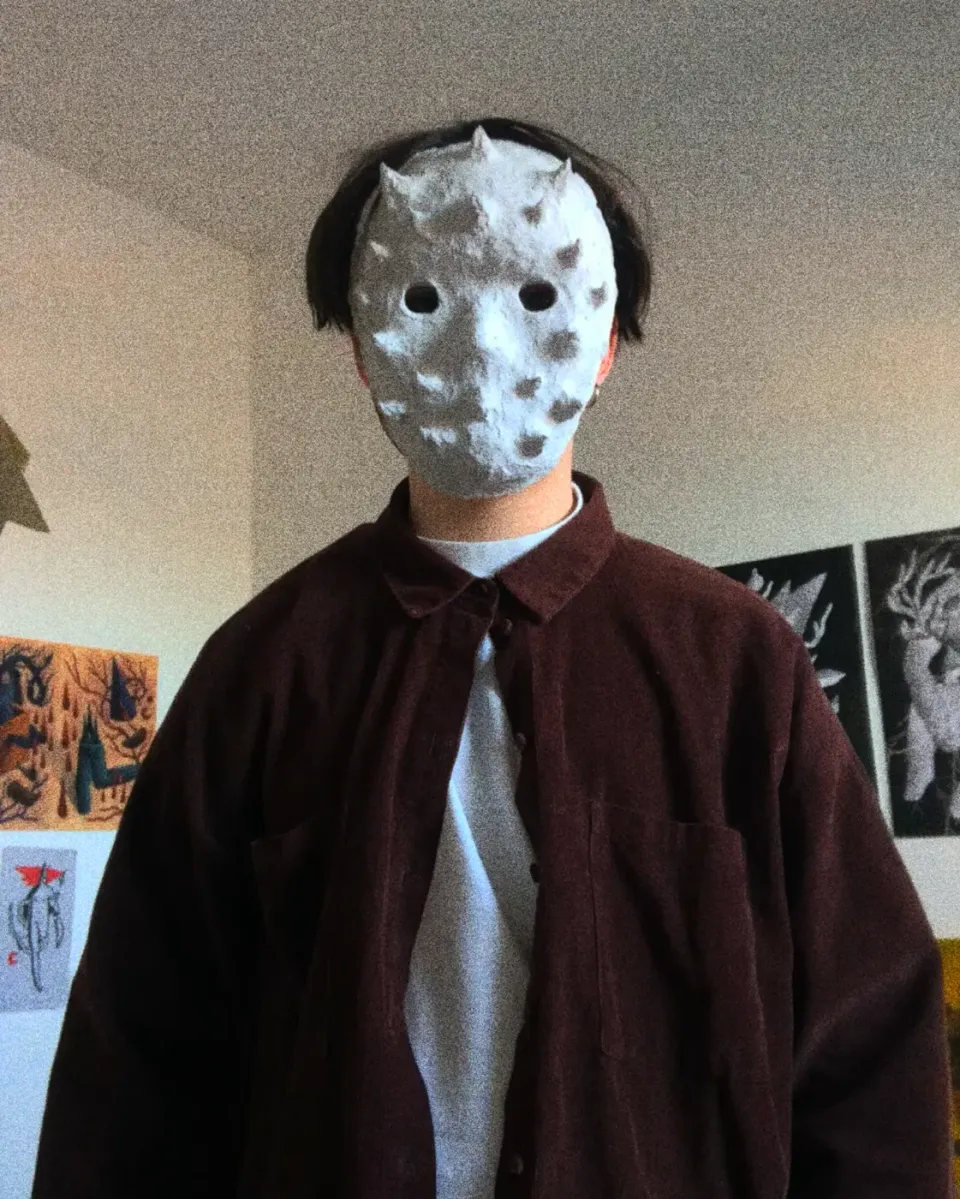Beings & Creatures | Between The Found And The Constructed A Must See Group Show At ROTOR Graz

"BETWEEN THE FOUND AND THE CONSTRUCTED" Part III of the Series!
Munchies Art Club is thrilled to present the exhibition from the series “Beings & Creatures” at the Art Association ROTOR In Graz, Austria.
Erik Binder • Ernst Koslitsch • Nana Mandl & Karl Karner • Edith Payer • Katrin Plavčak • Cristian Răduţă • Marie Tučková
The series is made up of four chapters. After part one “On Damaged Earth”, and part two, “In The Midst Of New And Old Kinship” now follows the third chapter "Between the Found and the Constructed" focusing on the multifaceted nature of existing and newly created beings.


The exhibition brings together works by eight artists who pursue different approaches to the appropriation of found objects, the construction of new forms and assemblage.
The various sources of inspiration and creation approaches are incorporated into the respective artistic practices.
This results in creatures with branching characters in terms of content and form.

PARTICIPATING ARTISTS | AN OVERVIEW BY IRIS KASPER
Cristian Răduță | The Great Escape
The figures that populate Cristian Răduță’s spatial installation are, by and large, representations of animals.
Countless species are bustling all around.

These creatures no longer merely follow their inherent behavioural patterns but are on the verge of adapting to today’s world.
Many of them are walking on two legs, some of them are carrying luggage.
They have set out in search of their place in a turbulent time.
The artist has incorporated a wide variety of objects and pictorial motifs, much of it recycled materials.

A reference to the consequences of our throw-away society, which deprives other species of their basis of existence.
Special thanks go to the curator Alina Serban, who proposed Cristian Răduță for the exhibition series “Beings & Creatures”.
Cristian Răduță, born in 1982, lives in Bucharest.
Edith Payer Sloane's Agony ( a series of found objects) and Faces (a two channel Video Installation)
The individual displays contain found objects from Edith Payer’s private collection, grouped according to formal and content-related criteria or aesthetic aspects.
Due to environmental influences, the state of decay of some of the objects is far advanced, so that some of the original forms are only vaguely perceptible.

The collection also contains many natural objects, such as pieces of wood, plant remains, animal carcasses, dead insects, bones and fungi.
The title of this series of works refers to the British physician Sir Hans Sloane (1660-1753), whose collection of almost 80,000 objects from all over the world formed the basis for the foundation of the British Museum in London.

Faces is a photographic collection of examples of so-called pareidolia — a term used to describe the phenomenon of recognising supposed faces and familiar beings or objects in things and patterns.
The collection currently contains around 1,400 archived face configurations. In the exhibition, part of it can be viewed as a two-part video installation.
Edith Payer, born in 1975, lives in Vienna.
Ernst Koslitsch Spatial Installation titled Hey U2, This Is the Last Night on Earth (Yellow Universe)!
On the central wall in the café room, the spatial installation appears as a picture puzzle, which is contrasted by two other works.
The sculptures are based on yellow Doka panels, which are commonly used on construction sites. And for the most part, the material also comes from there.
Ernst Koslitsch subsumes his long-term series of works under the term “Yellow Universe”.

One source of inspiration for the artist are stone-age wall paintings in which likewise a variety of different beings are romping about.

Read more about the Yellow Universe by Ernst Koslitsch
In terms of content, he moves between the creation of a myth (mythopoeia) and a myth as a lie (mythomania).

Some concepts that are closely related to this are perception, conspiracy, manipulation and deception.
Ernst Koslitsch, born in 1977, lives in Vienna.
Erik Binder made Objects made out of Car Headlights entitled Transformers
Erik Binder’s installation in the atrium consists of two luminous objects.
These “butterflies”, as the artist also calls them, are composed of car headlights.
They were taken from old cars that were no longer roadworthy, having travelled considerable distances of 140,000 kilometres or more.

This distance corresponds to 3.5 times the circumference of the globe.
Altogether, the flying creatures have already made a considerable journey.

The title “Transformers” refers to the feature film series of the same name that started in 2007.
In it, intelligent machine beings take on a central role, with the ability to transform their bodies into other forms.
Erik Binder, born in 1974, lives in Bratislava.
Nana Mandl & Karl Karner | Mud Fountain with Teardrops
The installation, which spans the entire room, is the result of a Collaboration Between Nana Mandl And Karl Karner.
Karl Karner’s mud-covered aluminium cast stretches from the floor towards Nana Mandl’s lacquered metal tears, which are colourfully spilled over the room.

The fairytale-like, poetic scenery stands in stark contrast to the weight of the material, and nevertheless, or perhaps precisely because of this, allows for the most diverse sensations.

Read more about Karl Karner and Nana Mandl
The installations include natural forms, or their casts respectively, but also modelled forms, including some that were created through controlled randomness.

Individual elements are brought to life by using water and plants, whereby artificial things seem to merge with organic things.
Some of the tears have begun to weep themselves and the artificial seems to merge with the organic.
Nana Mandl, born in 1991, lives in Vienna. Karl Karner born in 1973, lives in Feldbach.
Marie Tučková : Episode One: Bunny’s Departure
Installation consisting of crocheted pieces, ceramics, audio piece, 18 min, 2018
Marie Tučková invites us into a crocheted shelter to listen to her story of “Bunny”. Spherical sounds are filling the room, a surreal narrative is unfolding, and we listen to the artist as narrator and singer.

The being is hiding from the world, at the same time the boundaries between its body and the environment are blurring.
It succumbs to nostalgia, leaving the body, looking at it from the outside and laughing at it.
Bunny goes through different states of consciousness: Dreaming, waking and a transitional stage down to the stage of contrasting consciousness.

The shelter itself, the crocheted tent, is in turn itself shaped as a creature resting on hands made of ceramic.
Special thanks go to the curator Tereza Záchová, who proposed Marie Tučková for the exhibition series “Beings & Creatures”.
Marie Tučková, born in 1994, lives in Prague.
Katrin Plavcak Brown & Pink Felt Door
Works Katrin Plavčak created of various materials and from different groups of works can be viewed in this room.
Together, however, they form a whole.
This has to do with the fact that the artist has been working on a visual language and a stock of figures and motifs for years.

Although she constantly expands it, certain motifs recur in her work, such as the guitar Roger.
Two image sculptures take centre stage. The poplar plywood partition walls are painted on both sides.
The image areas are not rectangular, but sometimes follow the contours of the figures.

In such spots, the lines were cut out with a jigsaw. We encounter a mix of motifs from popular culture, of human protagonists, and from nature.

Beings and Creatures Part One Rotor Center of Contemporary Art
They can all get along with each other in Katrin Plavčak’s pictorial worlds.
Katrin Plavčak, born in 1970, lives in Vienna.




